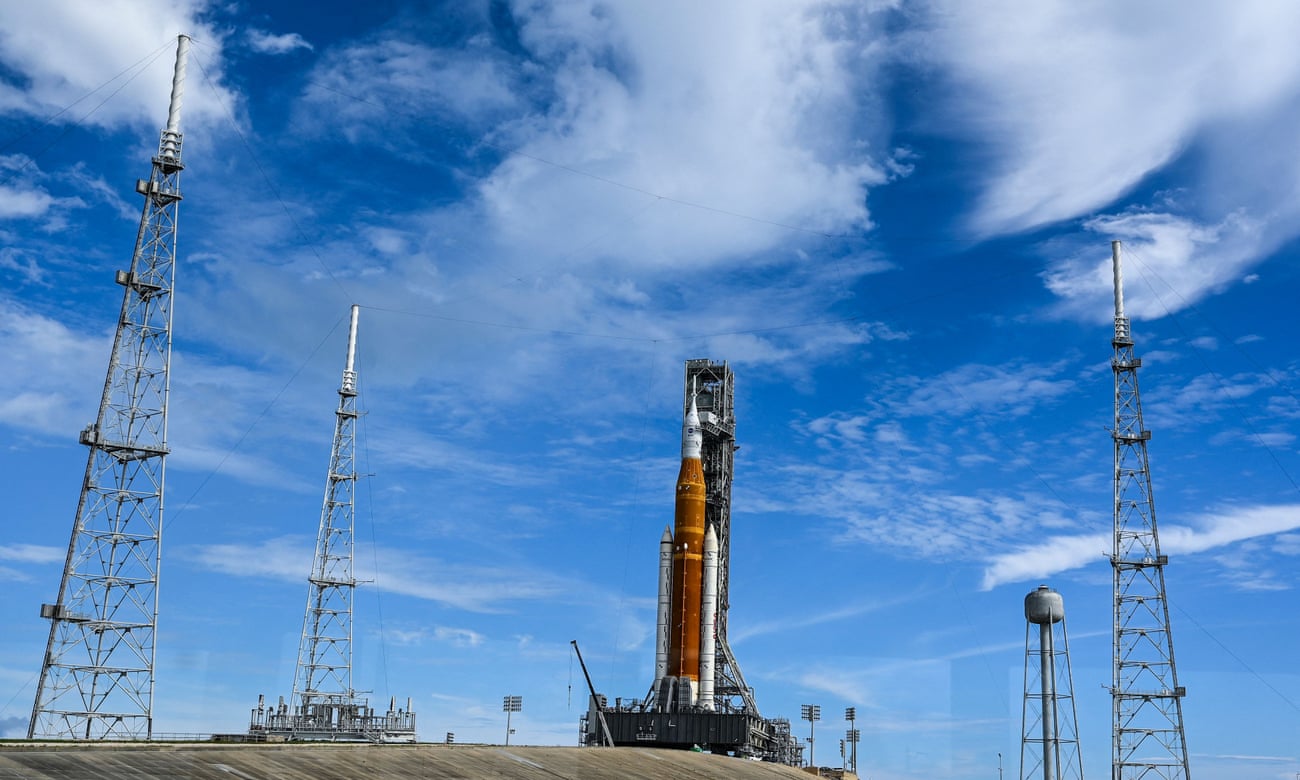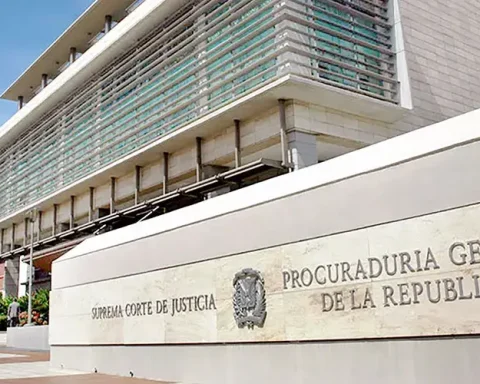The POT canceled the launch of its powerful new lunar rocket on the first test flight due to a leak of liquid hydrogen, one of the two fuels used to propel it to the moon. The next attempt could be as soon as next Friday or Monday of next week.
The ship, part of the Artemis project, is unmanned, although it carries three mannequins full of sensors on board and will circle the Moon twice before returning to our planet with the command capsule. The United States has decided to revive lunar travel, begun in the mid-1960s, a project that allowed 12 astronauts to walk on the Earth’s satellite.
As the precious minutes of Monday morning ticked by, NASA repeatedly stopped and started fueling the rocket, the Space Launch System, due to a leak of highly explosive hydrogen. The leak occurred in the same place where there was another leak in the spring during a test. In turn, fueling had already been delayed by nearly an hour due to thunderstorms at the Kennedy Space Center in Florida.
NASA then ran into new problems when it failed to properly cool one of the rocket’s four main engines. Engineers struggled to identify the source of the problem long after the launch postponement was announced.
Mission manager Mike Sarafin told NASA TV that the fault did not appear to be in the engine itself, but in the pipes that supply it.
To complicate matters, while engineers were trying to fix that problem on the launch pad, a second hydrogen leak developed from a vent valve further up the rocket, he added.
the launch of #Artemis I will no longer perform today as the teams are working on an engine bleeding issue. The teams will continue to collect data and we will keep you updated on the next launch attempt. https://t.co/hgv9Fe1QRC
— NASA in Spanish (@NASA_es) August 29, 2022
“This is a very complicated machine, a very complicated system, and all of those things have to work, and you don’t want to light the candle until it’s ready to go,” said NASA administrator, former Democratic congressman Bill Nelson.
Referring to launch delays, Nelson explained that “it’s part of the space business, particularly a test flight.”
This mission has a six-week deadline and was scheduled to end with the capsule’s return to Earth with a landing in the Pacific in October.
The 98-meter spacecraft is the most powerful rocket ever built by NASA, surpassing even the Saturn V that carried the 12 Apollo astronauts to the Moon in the 1960s.
Dummies inside the capsule, dubbed Orion, were equipped with sensors to measure vibration, cosmic radiation and other conditions during the test flight, pushing it to its limits in ways that would never be attempted if humans were on board.
Asked about the possibility of another launch attempt on Friday, mission manager Sarafin said, “We really need time to go through all the information, all the data. We’re going to play all nine innings here.”
Assuming the test flight goes well, three astronauts will board for the second Artemis mission and fly around the Moon as soon as 2024. A two-person landing would then take place in late 2025.
The problems seen Monday were reminiscent of NASA’s space shuttle era, when hydrogen fuel leaks disrupted countdowns and delayed a series of launches in the 1990s.
Later in the morning, NASA officials also detected what they feared was a crack or some other defect in the central body of the spacecraft, the large orange fuel tank with the four main engines, but later said it appeared to be just a buildup of frost in a crack in the insulation foam.
Launch director Charlie Blackwell-Thompson and his team also had to deal with slow communication between the Orion capsule and launch control. The problem required what turned out to be a simple solution. Radio sound return capability was taking 11 minutes.
In any case, the cancellation of the takeoff was on the horizon since dawn, even if there had been no technical problems, due to a very serious electrical storm in the area. Dark clouds and rain accumulated over launch area 39B. Thunder and lightning made safe takeoff impossible, although in 1979, when Apollo 12 took off from the same platform, a huge bolt of lightning struck the Saturn V rocket, but caused no damage.


















